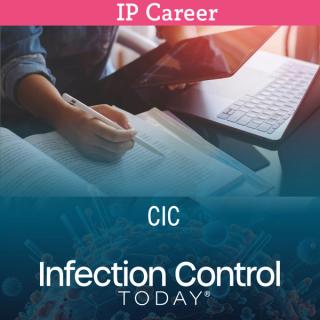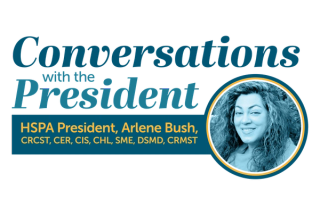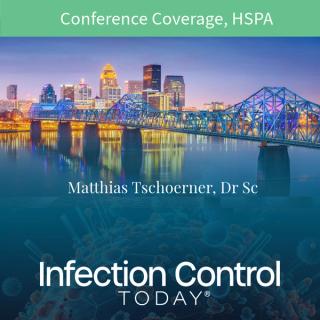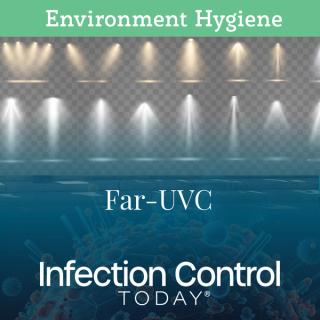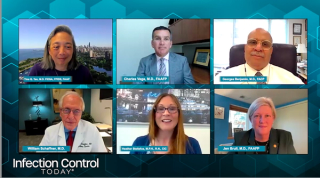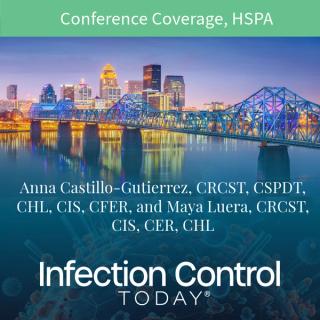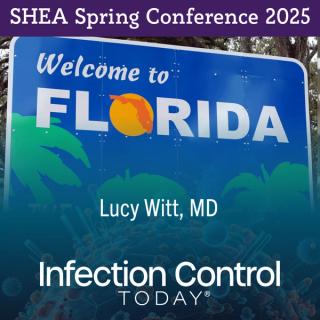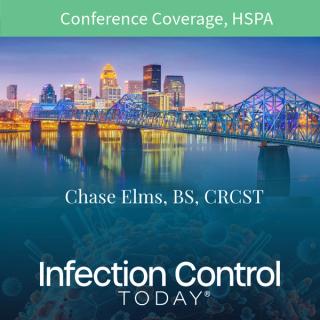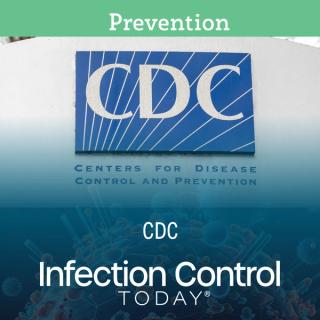
Prevention
Latest News

Latest Videos

More News
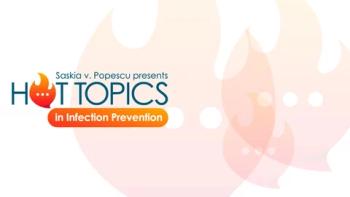
This Hot Topics for IPC covers the latest on ASPR, AMR, vaccines, and a study on AMR and livestock manure from Michigan State University.
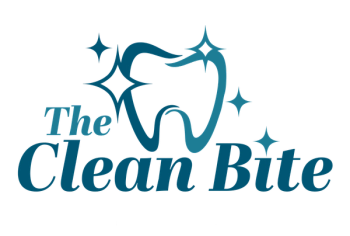
Dental infection control expert Sherrie Busby tackles PPE missteps, from chin-bra masks to cropped lab coats, reminding dental teams that proper protection is crucial, not optional.

Environmental hygiene is about more than just shiny surfaces. At Exchange25, infection prevention experts urged the field to look deeper, rethink blame, and validate cleaning efforts across the entire care environment, not just EVS tasks.
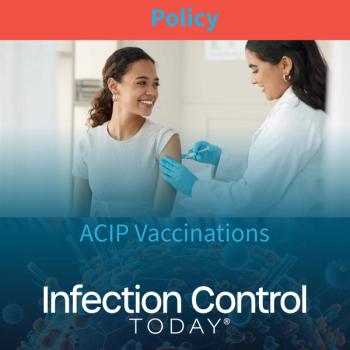
In its first major session under newly appointed leadership, the revamped Advisory Committee on Immunization Practices (ACIP) voted to support flu and RSV vaccinations for the 2025–2026 season, but internal debate over vaccine preservatives, access equity, and risk assessment highlighted the ideological and scientific tensions now shaping federal vaccine policy.

As the newly appointed Advisory Committee on Immunization Practices (ACIP) met for the first time under sweeping changes by HHS Secretary Robert F. Kennedy Jr, the national spotlight turned to the panel’s legitimacy, vaccine guidance, and whether science or ideology would steer public health policy in a polarized era.
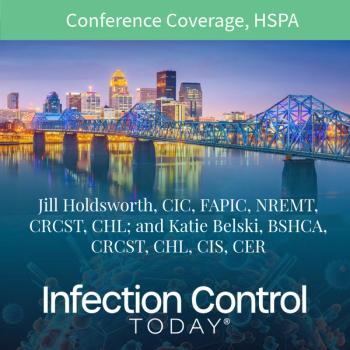
In the heart of the hospital, decontamination technicians tackle one of health care’s dirtiest—and most vital—jobs. At HSPA 2025, 6 packed workshops led by experts Jill Holdsworth and Katie Belski spotlighted the crucial, often-overlooked art of PPE removal. The message was clear: proper doffing saves lives, starting with your own.

This Hot Topics for IPC covers the latest on ACIP, vaccines, and a study on contact precautions for MRSA.

Hospitals may rely on handwashing as a frontline defense against infection, but the very sinks meant to promote hygiene can harbor dangerous pathogens. At this year’s AHE Exchange Summit, microbiologist Mark Wiencek, PhD, T-CHEST, explores how biofilms in sink drains create a persistent threat to patient safety—and what infection prevention and EVS teams can do about it.
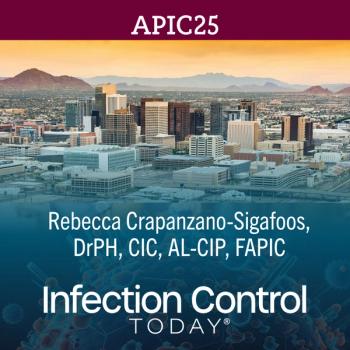
Dr Rebecca Crapanzano-Sigafoos explains how at this year’s APIC Annual Conference & Expo in Phoenix, leaders unveiled key initiatives poised to shape the future of infection prevention, including a new research network, an updated MegaSurvey, and a comprehensive guide to catheter-associated bloodstream infection prevention.

Despite its critical role in patient safety, infection prevention and control (IPC) remains one of health care’s most misunderstood and understructured professions. While COVID-19 thrust IPC into the spotlight, the field still lacks a clear entry path, standardized training, and broad institutional recognition, leaving many professionals to learn on the job with minimal guidance.

Infection preventionists are at the forefront of the infodemic; the keynote session offered suggestions on how they can combat and mitigate misinformation.

A hospital’s surveillance validation process uncovered a hidden threat to antimicrobial stewardship: contaminated urine cultures leading to unnecessary antibiotic prescriptions. This prompted a collaborative effort to improve specimen integrity and reduce inappropriate antimicrobial use through targeted diagnostic stewardship.
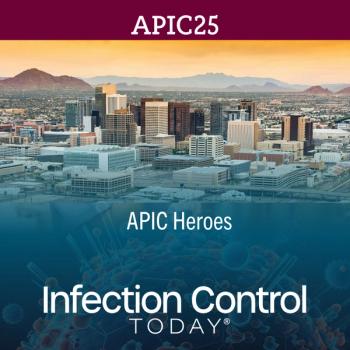
From a lifelong mentor to a rising star, the Association for Professionals in Infection Control and Epidemiology (APIC) honored leaders across the career spectrum at its 2025 Annual Conference in Phoenix, recognizing individuals who enhance patient safety through research, leadership, and daily practice.
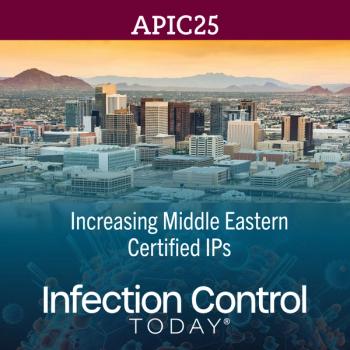
Despite rapid development, the Middle East faces a critical shortage of certified infection preventionists. A 7-year regional initiative has significantly boosted infection control capacity, increasing the number of certified professionals and elevating patient safety standards across health care settings.
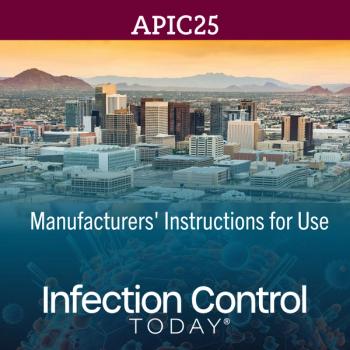
A hospital-wide quality improvement project has transformed how staff access critical manufacturer instructions for use (IFUs), improving infection prevention compliance and saving time through a standardized, user-friendly digital system supported by unit-based training and interdepartmental collaboration.

When Chicago logged its first measles cases linked to crowded migrant shelters last spring, one pediatric hospital moved in hours—not days—to prevent the virus from crossing its threshold. Their playbook offers a ready template for the next communicable-disease crisis.
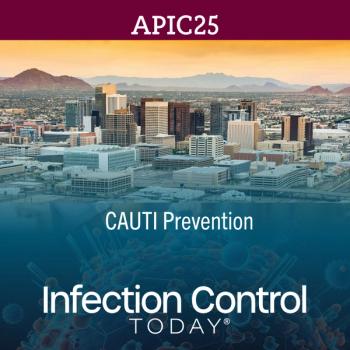
A 758-bed quaternary medical center slashed catheter-associated urinary tract infections (CAUTIs) by 45% over 2 years, proving that disciplined adherence to fundamental prevention steps, not expensive add-ons, can reverse the pandemic-era spike in device-related harm.
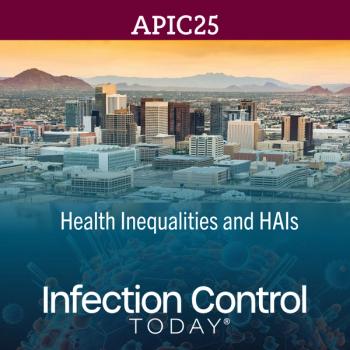
Spanish-speaking patients face significantly higher risks of contracting serious infections during hospital stays, even when interpreter services are provided, according to new research presented at the 2025 APIC Annual Conference.
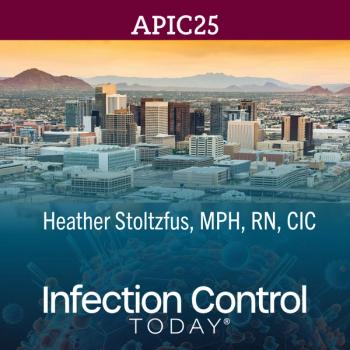
At APIC25, infection prevention leader Heather Stoltzfus, MPH, RN, CIC, will spotlight the growing risks and overlooked responsibilities associated with medical tourism. Her session urges infection preventionists to engage with a global health trend that directly impacts US care settings.
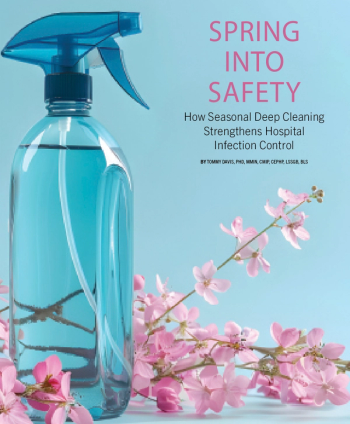
Rooted in ancient rituals of renewal, spring-cleaning has evolved from cultural tradition to a vital infection prevention strategy in modern hospitals—one that blends seasonal deep cleaning with advanced disinfection to reduce pathogens, improve air quality, and protect patients.
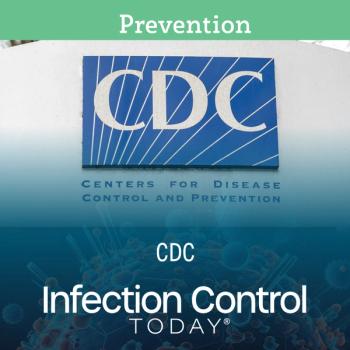
Health leaders are outraged after HHS Secretary Robert F. Kennedy Jr. abruptly fired all 17 members of the CDC’s vaccine advisory panel, calling it a political purge that threatens public trust and vaccine safety.

As federal cuts reshape public health, students nationwide are reacting with fear, frustration, and renewed resolve as they face an uncertain future in the field.

Infection prevention is everyone’s responsibility, but environmental services (EVS) professionals are often overlooked. At AHE’s Exchange25, Shannon Simmons, DHSc, is on a mission to change that.

The Association for the Health Care Environment (AHE) is set to host its largest event of the year—Exchange Summit 2025—from June 8 to 11 in Columbus, Ohio. With over 600 environmental services (EVS) professionals expected to attend, this year’s conference focuses heavily on infection prevention, interdepartmental collaboration, and education that empowers frontline health care support leaders to improve patient safety and operational efficiency.

The Bug of the Month helps educate readers about existing and emerging pathogens that are clinically important in today's health care facilities.





